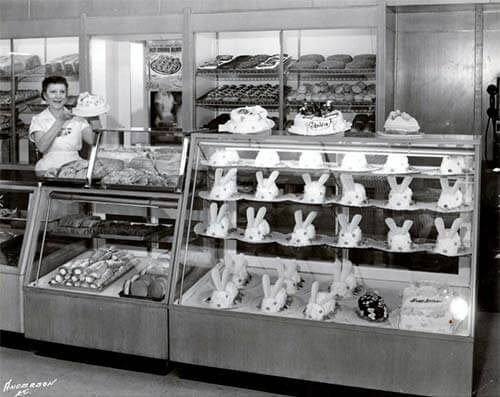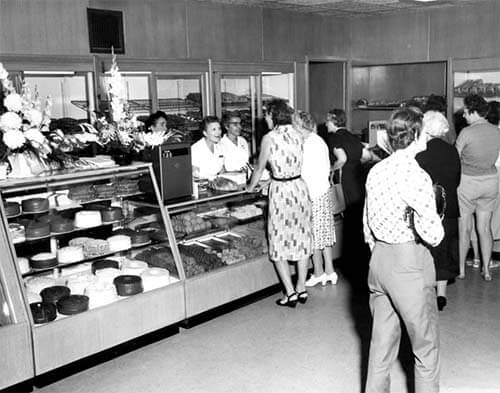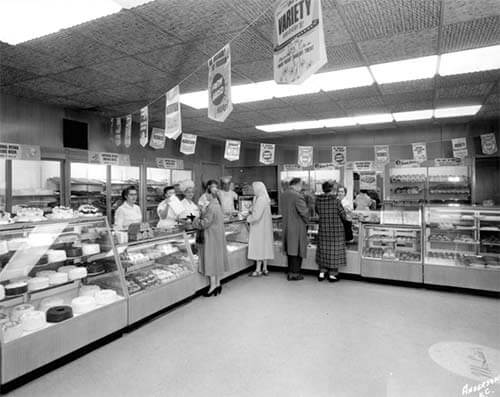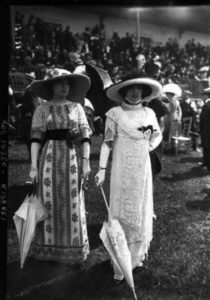
The year was 1841, and Dr. David Waldo had just taken the advice of his friends and purchased some Jackson County land. A 1000-acre tract was now his: from Gregory Blvd. on the north, to 91st Street on the south – from Holmes on the east to State Line on the west. That tract grew to 2,400 acres, and the farm became a bustling neighborhood. Today, that’s Waldo, the area that bears his name. It’s a thriving part of Kansas City’s urban scene, and a neighborhood of attractive homes, whose residents for generations have said with pride, “We live in Waldo.”
On the edge of the city, Waldo was like a town unto itself, with many iconic businesses and buildings thriving. A rail line between Westport and Dodson was established, with the main stop at Waldo in 1860. When this rail line gave way to streetcars in 1907, a brick station house was built, known as the “Grand Central Station of Waldo.” Elmer Family Grocery stood in Waldo for 40 years. On the northwest corner of 74th Terrace and Wornall was another long-lived Waldo business: Milen Department (or Drygoods) Store, selling items including fabrics, Girl and Boy Scout uniforms, shoes, and clothing for men, women and children.
Croner’s store, plus a blacksmith shop that doubled as the Broadway Methodist Church, comprised the Waldo business district in 1905. Part of a stone livery stable built then and known as the “Rock Barn” stood on the site until 1997 when it was torn down to build the Walgreens store. The Waldo station stood at 74th Terrace and Wornall until 1950, when it was demolished for parking lot construction.
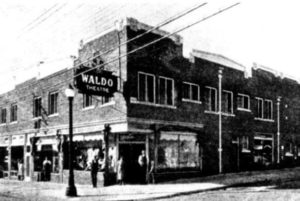
As business grew, Waldo became known as the main traffic artery south of Kansas City. Waldo was annexed by Kansas City in 1909 and the city limits leapt from 49th to 77th Street. Houses on Wornall Road south to 75th Street made way for business expansion in the 1930s. As transportation requirements changed, the rail line began to carry streetcars, and the Country Club car line was the major source of transportation for people in Waldo.
More and more people began visiting and moving into the growing Waldo community, seen as a retreat from the urban area, soon with its share of dance halls, bars and honky-tonks. City limits stretched again in 1947, to 85th Street. By 1963, the city limits were to the Cass County line. Today, Waldo is home to many businesses and residents, and the area has never lost its flavor of a fun little family neighborhood on the edge of a big city.
